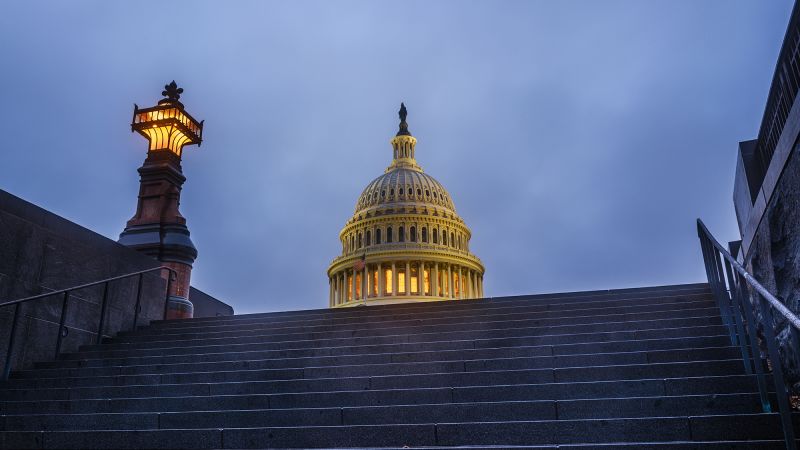On a recent Friday, Moody’s Investors Service took a monumental step by downgrading the United States’ credit rating, officially depriving the nation of its long-held perfect “AAA” status. This decision marks a significant shift not only in American finance but also in the global economic landscape. The downgrade has the potential to unsettle financial markets, leading to increased borrowing costs that may amplify the current financial strain on many Americans who are already grappling with inflation and elevated tariffs.
Previously, Moody’s stood as the solitary bastion supporting US debt at an “AAA” level, a flawless rating it had upheld since 1917. Now, however, following this downgrading, the agency has reassigned a rating of “Aa1” to US creditworthiness, aligning it with the assessments made by Fitch Ratings and S&P Global, which had already slashed their ratings for US debt in earlier years—Fitch in 2023 and S&P in 2011.
The rationale provided by Moody’s for this downgrade cannot be overlooked. They indicated that it stems from a decade-long surge in government debt coupled with rising interest payment ratios, surpassing levels typically witnessed among countries with similarly rated credit standings. Moody’s further anticipates that the borrowing demands of the United States will continue to climb, exerting pressure on the broader US economy. This prediction arrives at a crucial junction where it is expected that existing financial pressures could worsen if no countermeasures are enacted.
Interestingly, the White House and the Treasury Department were noticeably quiet following the announcement, with officials there not providing immediate insights or commentary. Prior to this decision, Moody’s had placed the United States on alert for a possible downgrade late last year, pointing towards recent escalations in political divisions as central to the assessment. Among the highlighted events was a near-default situation faced in the prior summer, which ultimately led to the unprecedented ousting of House Speaker Kevin McCarthy, an event that showcased the dysfunctional nature of current legislative processes.
Although the immediate reflexive response from Moody’s suggests that the outlook for the U.S. remains “stable,” the rating agency has underscored the importance of effective monetary policy—a point bolstered by the historical independence of the Federal Reserve. This aspect remains particularly sensitive given that political figures, including President Donald Trump, have previously expressed intentions to diminish the Federal Reserve’s autonomy, creating more uncertainties in the financial environment.
While a downgrade to “Aa1” is still indicative of healthy creditworthiness, it reflects growing concerns about governance challenges that may affect future policy effectiveness. Moody’s reports that the US retains strong institutional features that could help maintain reliability despite occasional scrutiny. However, a restoration of America’s “AAA” rating would require either a substantial increase in government revenues or cuts in expenditures—issues that are hotly contested in the current political landscape.
Under the Trump administration, aspirations for cuts in federal budgets have increasingly gained traction; this is exemplified by initiatives like the “One Big Beautiful Bill Act,” which seeks significant tax reductions while threatening essential safety nets like Medicaid and food assistance programs. While proponents argue these changes would enhance efficiency and limit unnecessary spending, many analysts refute that balance, asserting that the loss of tax revenue would ultimately exacerbate the national debt without substantial corresponding cuts.
As it stands, the mounting deficits—projected to skyrocket from $1.8 trillion in 2024 to $2.9 trillion by 2034—indicate a potentially precarious fiscal future for the United States, aggravated by a unique debt ceiling mechanism that has historically been a point of contention in Congress. Critics have drawn attention to the political standoffs and shifting paradigms of governance that have characterized US fiscal policy, citing incidents of “political brinksmanship” and doubts surrounding the effectiveness of governance.
In conclusion, the recent downgrade by Moody’s is more than a mere numerical adjustment; it encapsulates broader narratives about fiscal responsibility, political stability, and the ramifications of monetary policy. The unfolding situation remains dynamic, and additional developments are expected as the administration navigates this critical economic juncture. As this narrative evolves, it will undoubtedly reflect on the future financial landscape of the United States.



